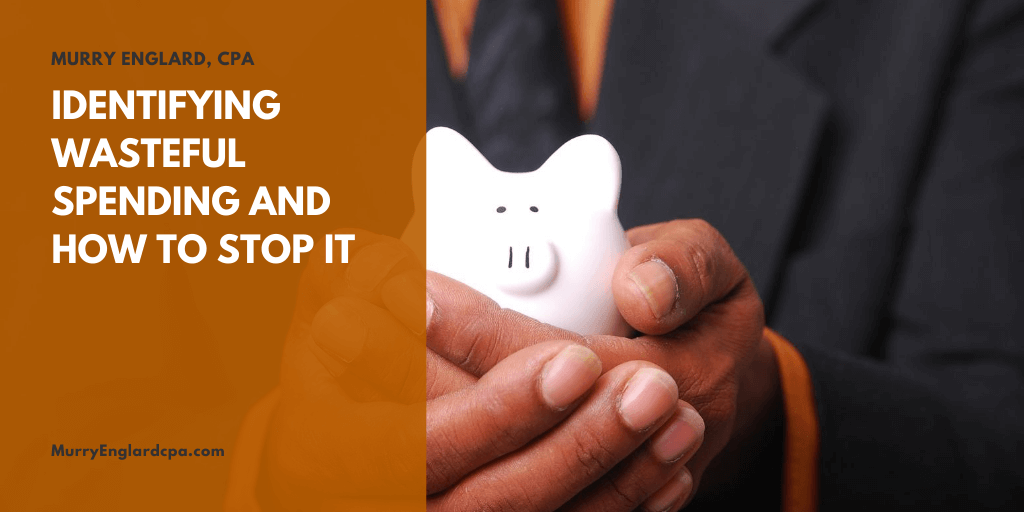We all have trouble with spending and saving money at some point. It’s essential to identify areas where we spend too much. Identifying areas of overspending helps with your overall financial wellness and enables you to save in the future. The Balance shares a few tips to help you stop unnecessary spending.
Budget – This is the first step in finding out where you can cut down on wasteful spending. Create a spreadsheet or list of all of your expenses (including discretionary spending and bills). Calculate how much you spend each month and then find areas you can cut spending. Once you’ve done this, calculate how much money you can spend on groceries and other discretionary areas. Withdraw that amount from your bank account and operate on that allowance. This is a good strategy because it allows you to have a physical representation of your budget.
Set Goals – Setting goals is essential in other facets of your life, and it should be just as important when it comes to your finances. If you find yourself spending large amounts of money on small purchases like eating out and coffee runs, kick the habit by picking one big thing you want. It could be a trip, reducing debt, setting up an emergency fund, or something else. Setting a goal with one of these areas in mind will prevent you from spending money on the little things. Take the money you would be spending on small purchases and put it towards your goal.
Wants vs. Needs – Whenever you are thinking about spending money on something, ask yourself if you want it or if you need it. Get into the habit of purchasing necessary items. If there’s something that you want, take some time to think about the purchase. Will it benefit you in the long run? Do you already have something similar to what you want? And most importantly, can you afford to purchase that “want”. Taking the time to ask these questions will help you in the long run.
Use lists – Sticking to a list keeps you on track when you’re in the store. It prevents you from spending too much money on items that you don’t really need. Before you go to the store, write down all of the groceries/items that you need to purchase. Once you’re at the store, stick to your list.

